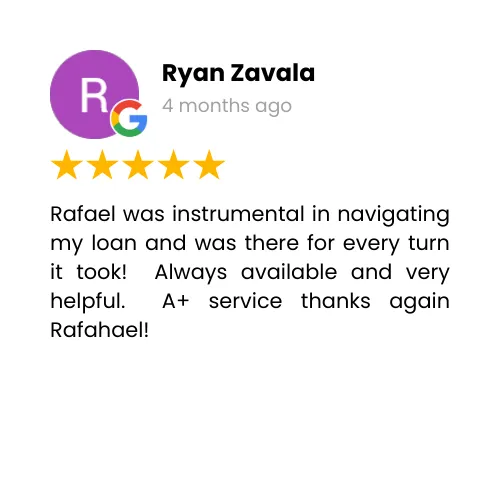
Real Estate Cash Made Simple—For Any Property, Any Situation
Inherited a house? Buying a home banks won’t fund? Own a property? We get you cash fast—no bank nonsense, just real estate.
Disclaimer: Real Estate Transactions Only—No Personal or Business Loans

Need cash for a property deal? We’re your trusted partner—fast funding, fair rates, no surprises. Whether you’re buying a home banks reject, pulling cash from an inherited house, or growing your portfolio, we make it simple—even if your income’s hard to prove.
Busy? New to This? Can’t Prove Income? We’ve Got You
Real estate is all we do—fast cash for small owners, inherited homes, and homes banks won’t touch.
Buying a Property?
Cash in days to grab your next place—no bank headaches.
Buying a Home Banks Won’t Fund?
Got the down payment but not the paperwork? We fund it fast.
Waiting Between Deals?
Short-term cash to bridge the gap—no delays.
Own One? Get Cash Out
Pull cash fast from your property—fair rates, no gouging.
Inherited a House?
Unlock cash for repairs, buys, or anything—simple and stress-free.
Hard Money Loan Options We Have
Click below to find out more about our loan options

A bridge loan is a short-term loan used in both commercial and residential real estate. This loan is often the best option to borrow against a property quickly.

This loan is great for business owners and property investors who want to acquire commercial property but don’t necessarily meet SBA’s stringent criteria.

This isn’t a traditional second mortgage. This loan allows for no income verification, bad credit, and quick cash out.

There are loan options available for property owners who want avoid foreclosure or use your equity get current or create more options.

This loan is used for pulling equity or cash out from a inherited property. Worry-free Qualification

Business owners can pull cash out of their current residence or investment property. No income documentation, No asset information needed

Flippers of all levels use this loan to acquire their next Rehab or Flip. This option covers most of the Purchase price and all of the construction costs.

These types of loans have guidelines to help investors at all levels qualify for financing.
Some of these programs include:
No Income and Bank documentation

Also known as “Traditional Home Loans” these mortgages are best for homeowners and buyers.
FHA , VA, FannieMae, and FreddieMac loans fall in this category.
Welcome to California's Leading Private Money Lenders
Private Money Specialist stands as a beacon of expertise among California’s direct hard money lenders, boasting over four decades of experience in the field. We are dedicated to empowering real estate investors and property owners in California through asset-based lending solutions. Our extensive portfolio covers a wide spectrum of real estate projects and transactions, including single-family residences, multi-family dwellings, and commercial properties.
Real estate investors and homeowners in California trust Private Money Specialists for a host of compelling reasons, including:
Swift Approvals and Funding: We understand the need for speed in the real estate market. Our hard-money loans for investment properties can be funded in as little as 5 days.
Flexible Lending Criteria: Whether you’re an individual, an entity (LLC, partnership, corporation), or part of a trust or estate, we cater to diverse borrower profiles.
Comprehensive Services: Private Money Specialist offers both 1st and 2nd hard money loans, ensuring that we meet your unique financial needs.

Have a Loan Question?
Click below to send us a message or to select a time that is convenient for us to call you.

Meet The Founder
My Father has been in the real estate business for most of my life. When I was old enough and met all the requirements to obtain a Brokers License in the State of California there was no doubt in my mind to get it.
Since becoming a broker in 2010 I have gone full throttle into the industry and have since obtained licensing in Nevada, Georgia, and on the journey to earn my certification as a Certified Real Estate appraiser to have a well-rounded knowledge base to better serve my clients.
My mission is simple. Breakthrough the norms of real estate lending! Provide solutions to clients from all walks of life to ensure they get the best loan option that fits their needs at a competitive rate!
NMLS ID: 1716151. Go here for the Private Money Specialists consumer access page.
©2018-2025 Evolving Realty, Inc dba Private Money Specialists. All rights reserved. Lending services provided by Evolving Realty, Inc dba Private Money Specialists.
Follow Us
NMLS ID: 1716151. Go here for the Private Money Specialists consumer access page.
©2018-2023 Evolving Realty, Inc dba Private Money Specialists. All rights reserved. Lending services provided by Evolving Realty, Inc dba Private Money Specialists.
Follow Us
Contact Us
7049 Owensmouth Ave, Suite 2
Canoga Park, CA, 91303, US
Copyright © 2025 – The Private Money Specialists. Powered By Level Up Social Pro
Copyright © 2023 – The Private Money Specialists. Powered By Level Up Social Pro









